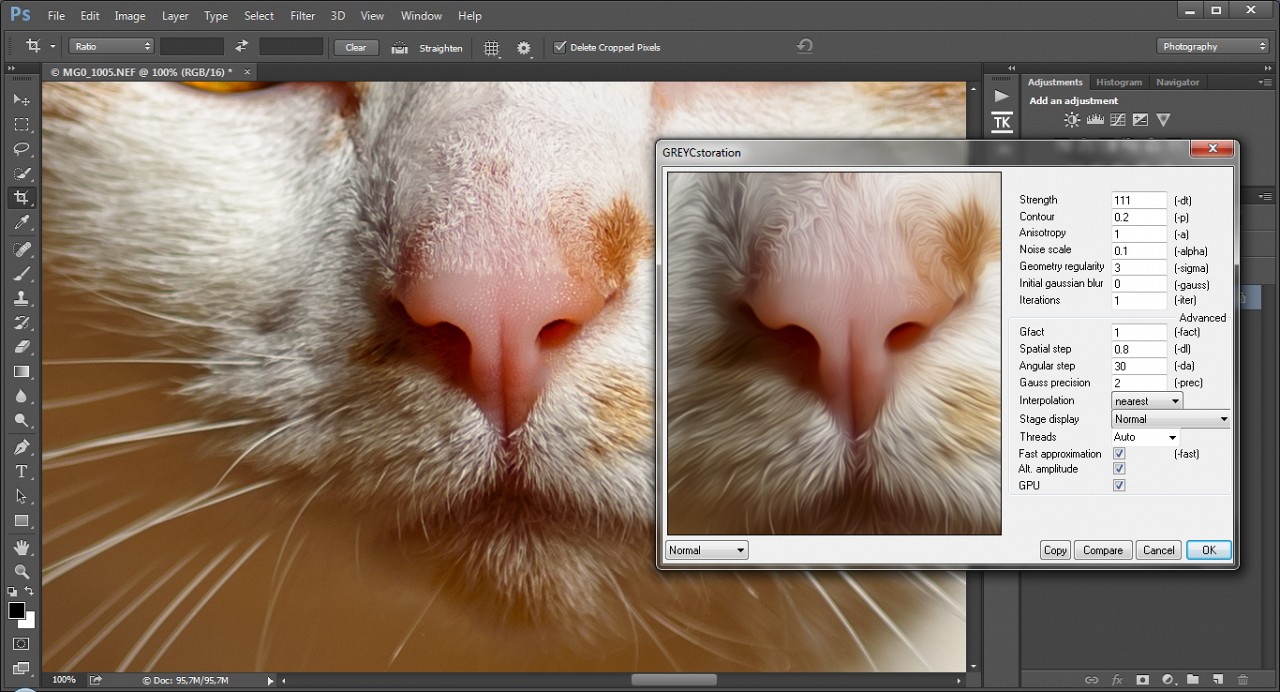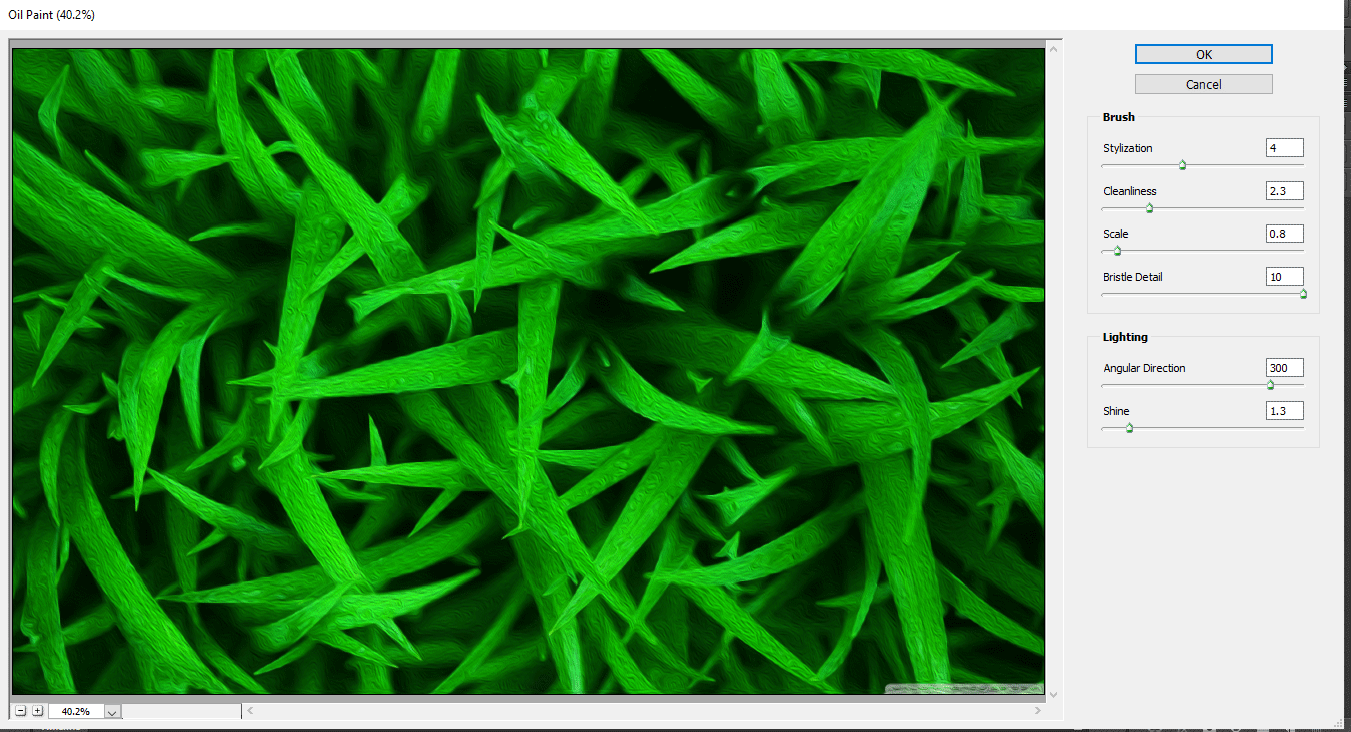

- #Download oil paint filter for photoshop cc 2015 how to#
- #Download oil paint filter for photoshop cc 2015 update#
Update to CC 201512 if you have not already. This filter isnt nearly as powerful as the one.
#Download oil paint filter for photoshop cc 2015 how to#
In this tutorial im going to teach you how to install oil paint filter in photoshop cc 201918 versions. 1082018 Oil paint filter actually comes default in photoshop cc and cs6 version but in the older version you have to add that oil paint plugin manually so in this post i have shown you those who dont have in-built oil paint plugin they can install this plugin manually for free. Its non-destructive and leave the original image unharmed. This Powerful plugin is used to give the oil look with one click. 162016 Adobe removed the Oil Paint filter starting with Photoshop CC 2014 based on low usage and the cost to maintain the filter. Community Beginner t5photoshopphotoshop-cc-2015-oil-paint-filtertd-p7795821 Dec 01 2015. Again, as noted above, in either of these cases the image would still need to be in the RGB color mode.Adobe photoshop cc 2015 oil paint filter download. With either of these approaches, you can apply the Oil Paint filter either to the “stamp visible” layer you created at the top of the Layers panel stack, or to the flattened copy of the image.

In the Duplicate Image dialog you can turn on the “Duplicate Merged Layers Only” checkbox so the copy you create will be flattened, with the layered image remaining open in Photoshop.

You could also choose Image > Duplicate from the menu to create a new copy of the current image. While holding those keys, first press the “N” key to create a new layer, and then press the “E” key to create a “stamp visible” version of the image on that layer. Then hold the Ctrl+Alt+Shift keys on Windows, or the Command+Option+Shift keys on Macintosh.

You can create a “stamp visible” layer (essentially a flattened copy of your image above all of the existing layers) by first clicking on the thumbnail for the top-most layer on the Layers panel. In fact, I recommend either creating a new “stamp visible” layer at the top of the Layers stack, or creating a flattened copy of the master image, before applying the Oil Paint filter. Next, make sure you have selected an image layer (rather than an adjustment layer) before attempting to select the Oil Paint filter from the menu. If you are working with a CMYK version of your image, I recommend returning to the source image to create a new RGB interpretation. If you are working with a Grayscale image, you can convert to the RGB mode by choosing Image > Mode > RGB Color from the menu. If, for example, you had converted an image to the CMYK color mode, you won’t be able to apply the Oil Paint filter. When the applicable conditions aren’t met, the Oil Paint filter will appear disabled (dimmed) on the Filter > Stylize submenu.įirst, I would make sure you are working in the RGB color mode. More Detail: While the Oil Paint filter in Photoshop can be used with most typical images, there are a couple of limitations for working with this filter. As long as those conditions are met, the filter will be available by choosing Filter > Stylize > Oil Paint from the menu. Tim’s Quick Answer: The Oil Paint filter in Photoshop can operate on image layers for RGB images in the 32-bit per channel (for HDR images, for example), 16-bit per channel, or 8-bit per channel mode. Today’s Question: How do I turn on the Oil Paint filter in Photoshop? Almost everything else is highlighted for use except the Oil Painting when I go to Stylize under the Filter menu.


 0 kommentar(er)
0 kommentar(er)
